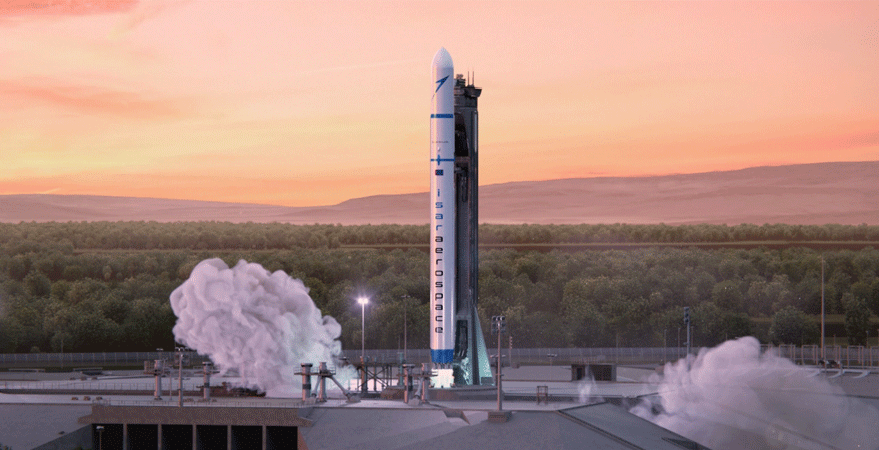
Spaceflight books dedicated Isar Aerospace launch in 2026 (Image Credit: Space News)
TAMPA, Fla. — U.S.-based launch services provider Spaceflight said Jan. 25 it has booked a dedicated launch in 2026 from Isar Aerospace, the German rocket developer aiming to perform the first test flight of its Spectrum vehicle this year.
The mission is slated to lift off from Isar’s launchpad in Andøya, Norway, to sun-synchronous orbit (SSO).
Their agreement also includes an option for an additional dedicated launch in 2025, which Isar chief commercial officer Stella Guillen told SpaceNews could also use a launchpad it is developing at the Guiana Space Center near Kourou, French Guiana.
Spaceflight, Isar’s first U.S.-based customer, brokers ride-sharing opportunities for small satellites and has a suite of Sherpa space tugs to deliver them to fine-tuned orbits post-rocket-separation.
Spectrum can carry a Sherpa orbital transfer vehicle (OTV), Spaceflight said, but a decision on whether it will be used will be made closer to launch.
Multiple launch providers have helped Spaceflight facilitate missions for its customers, although so far only SpaceX Falcon 9 rockets have flown Sherpas.
After SpaceX severed ties with the company last year, Spaceflight announced an agreement in August to launch its OTVs on Arianespace’s Vega launch vehicles, including its next-generation Vega C rocket.
However, the need to probe Vega C’s launch failure in December has raised the prospect that Europe could be left — temporarily — without its own access to space by this summer.
“We’ve seen an increased demand for flexible and affordable launch options around the globe, but especially for our European-based customers,” Spaceflight CEO Curt Blake said in a statement.
Guillen said tests of its two-stage Spectrum launch vehicle “are progressing well” ahead of its first flight in the second half of 2023.
Isar’s first and second missions aim to carry European payloads that were selected as part of a competition run by German space agency DLR.
Five European institutions from Germany, Norway, and Slovenia were picked to launch a total seven small satellites on the inaugural flight.
Spectrum’s second mission, which Guillen said could take place less than six months later, is slated to deploy 19 spacecraft from six institutional groups and four businesses across Austria, Bulgaria, Finland, Germany, Norway, and Spain.
Both missions would carry about 150 kilograms of payload — including satellites and their deployers — to polar orbits.
Spectrum is designed to deliver up to 700 kilograms to SSO and up to 1,000 kilograms to low Earth orbit.
“After we will have successfully conducted a test flight, we are planning to ramp-up the launch cadence up to 10 launches per year in the short and middle term,” Guillen said via email.
“In the long term we are working towards performing 30-40 launches per year.”
Space logistics company D-Orbit hopes to fly its OTV on one of the first commercial flights after Isar’s initial two missions. The Italian company signed a deal last year to be the primary customer for an upcoming Spectrum launch to SSO.
Exotrail, a French company also developing OTVs, has an agreement for multiple Spectrum missions between 2024 and 2029.
Spaceflight said it has until April 2024 to take up Isar’s 2025 launch option.








